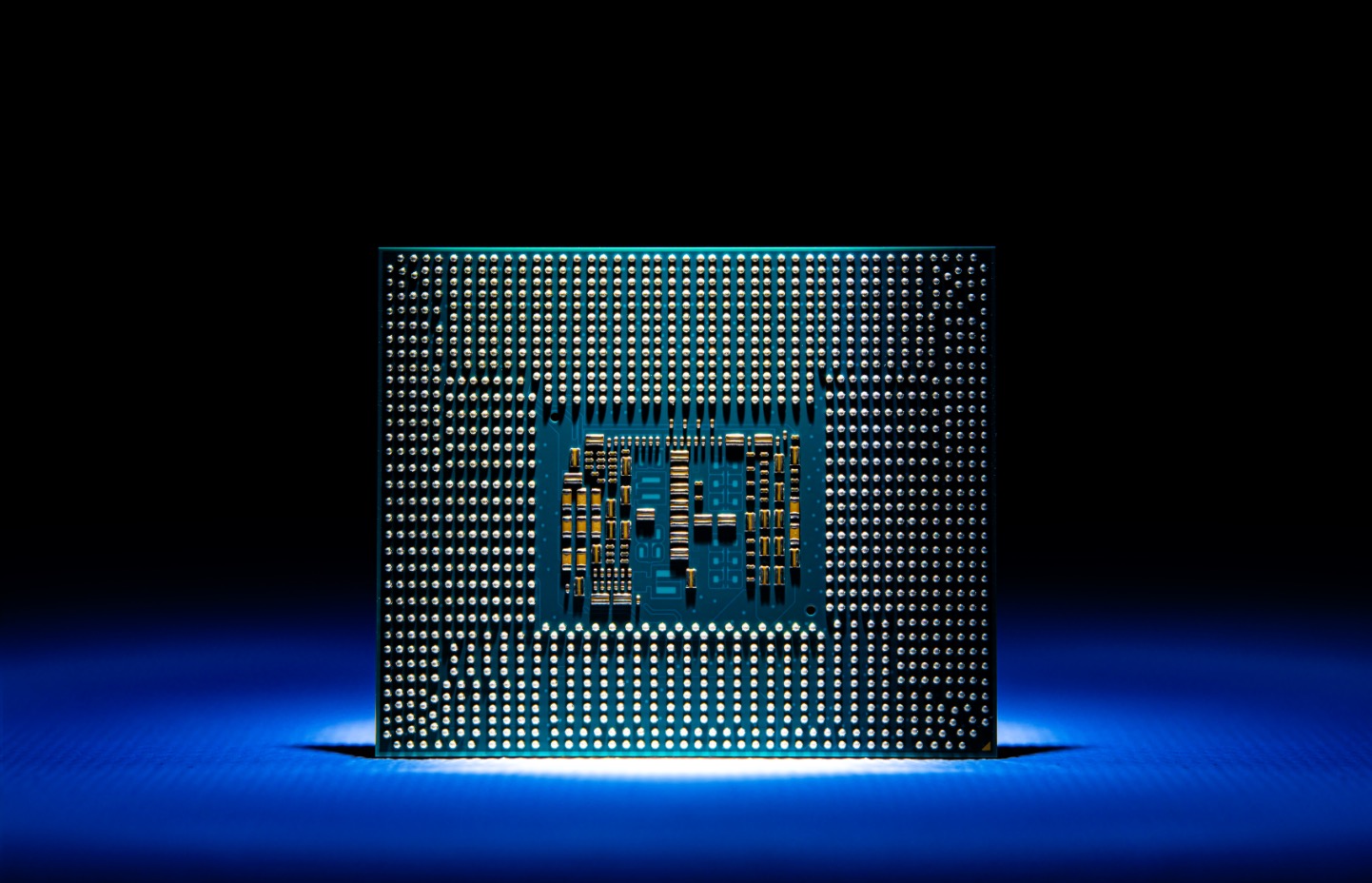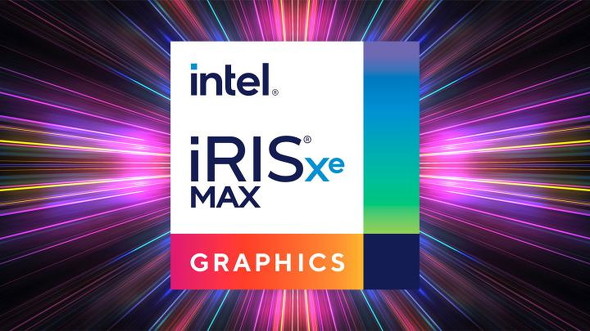

You can see the specific frame-rate results in the table below. This is a low-end discrete GPU, to be sure, but in our tests the GeForce MX line has typically been markedly superior to integrated graphics in the past. That's what makes this second bar chart so audacious: Iris Xe can supposedly reach similar or better performance than Nvidia’s GeForce MX350 GPU. But some premium laptops of the kind we'd expect to see these Iris Xe-equipped chips in today employ low-end dedicated graphics chips such as Nvidia's GeForce MX to amp up the graphics muscle a little. The Iris Xe silicon is built into the processor. This potentially allows the player base of a game like Valorant, with its generally low-fidelity and less-than-demanding visuals, to grow even further as a significant new chunk of the market is suddenly able to play at 60fps or greater. If the numbers prove true, though, these gains stand to be a huge boon to those who don’t have, or can’t afford, a bona fide gaming laptop with a dedicated GPU, providing access on mainstream laptops to some of the most popular games around. We’ll have to confirm the 3D performance ourselves, of course, when we get our hands on some Tiger Lake-based laptops with Iris Xe for benchmark testing. If gamers can play Counter-Strike: Global Offensive or League of Legends at more than 100fps on their thin-and-light everyday laptops, it’s a literal game-changing improvement.

Then there's the less-demanding games at the right of the chart, which nonetheless have huge audiences. These are not running at maximum visual settings (Intel noted that "medium" settings were the norm elsewhere in its demonstration), but they are certainly representative of real, popular games running at full HD (1,920 by 1,080, aka 1080p).



 0 kommentar(er)
0 kommentar(er)
